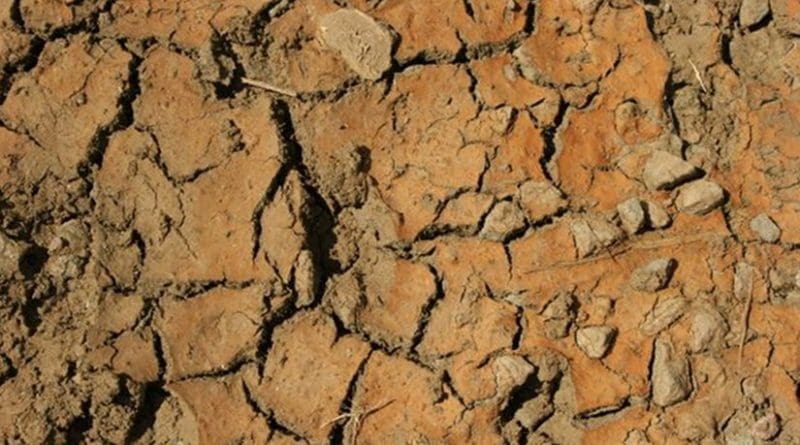Animals, Not Drought, Shaped Human Ancestors’ Environment
The shores of Lake Turkana, in Kenya, are dry and inhospitable, with grasses as the dominant plant type. It hasn’t always been that way.
Over the last four million years, the Omo-Turkana basin has seen a range of climates and ecosystems, and has also seen significant steps in human evolution. Scientists previously thought that long-term drying of the climate contributed to the growth of grasslands in the area and the rise of large herbivores, which in turn may have shaped how humans developed.
It’s tough to prove that hypothesis, however, because of the difficulty of reconstructing four million years of climate data.
Researchers from the University of Utah have found a better way. By analyzing isotopes of oxygen preserved in herbivore teeth and tusks, they can quantify the aridity of the region and compare it to indicators of plant type and herbivore diet.
The results show that, unexpectedly, no long-term drying trend was associated with the expansion of grasses and grazing herbivores. Instead, variability in climate events, such as rainfall timing, and interactions between plants and animals may have had more influence on our ancestors’ environment.
This shows that the expansion of grasslands isn’t solely due to drought, but more complex climate factors are at work, both for modern Africans now and ancient Africans in the Pleistocene.

